Do you suffer from myofascial pain? It could be your lifestyle that’s adding to your discomfort.
Like other invisible illnesses, many patients we see with this type of chronic pain tell us they feel let down by Western medicine. Within the often-one-dimensional American healthcare system, there are numerous so-called treatments for chronic pain.
Still, beyond prescription painkillers, opiates, steroids, and anti-depressant medication (prescribed for dubious off-label uses) – Western medicine has little to offer chronic pain patients by way of a long-term, natural solution.
We’re Myofascial Release Therapy experts working in the field, so we’re familiar with it and have studied the fascia in depth. For most medical professionals, however, myofascial pain syndrome is still a mostly unexplored disorder.
In your Doctor’s defense though, the fascia and its role in human physiology were, historically, primarily ignored in medical textbooks and university lectures.
Myofascial pain, by nature, is difficult to detect and diagnose. Beyond the superficial myofascial layer under the skin, the deep and visceral fascia is deep within the body.
Most medical doctors don’t ever see these mysterious layers of tissue surrounding our internal organs, muscles, and bones. So, unless they work – or have worked – in surgery or post-mortem, it’s easy to understand why it’s not a more regular discussion or diagnosis in general practice.
Here at Release Works, we take a more 3-dimensional approach to myofascial pain and our patients’ wellbeing. In this blog, we explore how to stop myofascial pain and myofascial pain syndrome without the need for painkillers, steroid injections, or other medications with unpleasant side effects.
What Lifestyle Changes Can I Make To Stop Myofascial Pain?
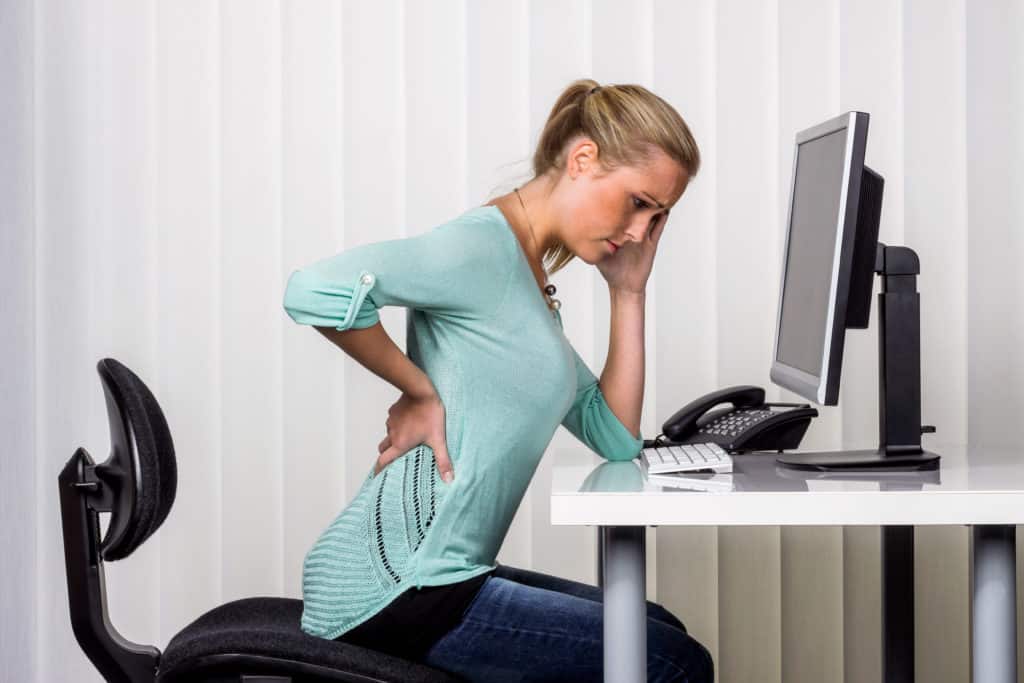
Problems with myofascia can be implicit in everything from generalized anxiety disorder, pelvic pain and interstitial cystitis, and infertility to debilitating digestive disorders and major depression.
We know how much our lifestyle can affect our health and wellness – everything works better when you have the foundations of health in place.
So, let’s explore some of the things that may make a difference to your symptoms.
If you face the distressing symptoms that accompany myofascial pain, these lifestyle changes may positively improve your ongoing discomfort.
Here are our 4 top lifestyle changes that, combined with Myofascial Release Therapy, may alleviate some of the symptoms of myofascial pain:
-
Regular exercise:
Now, many people talk about the importance of exercise – and I agree – movement and use of the body are important. But I’m afraid I have to disagree with the way this normally comes across. It’s not about just “go move and use your body,” finding time wherever you can, as if laziness were the issue.
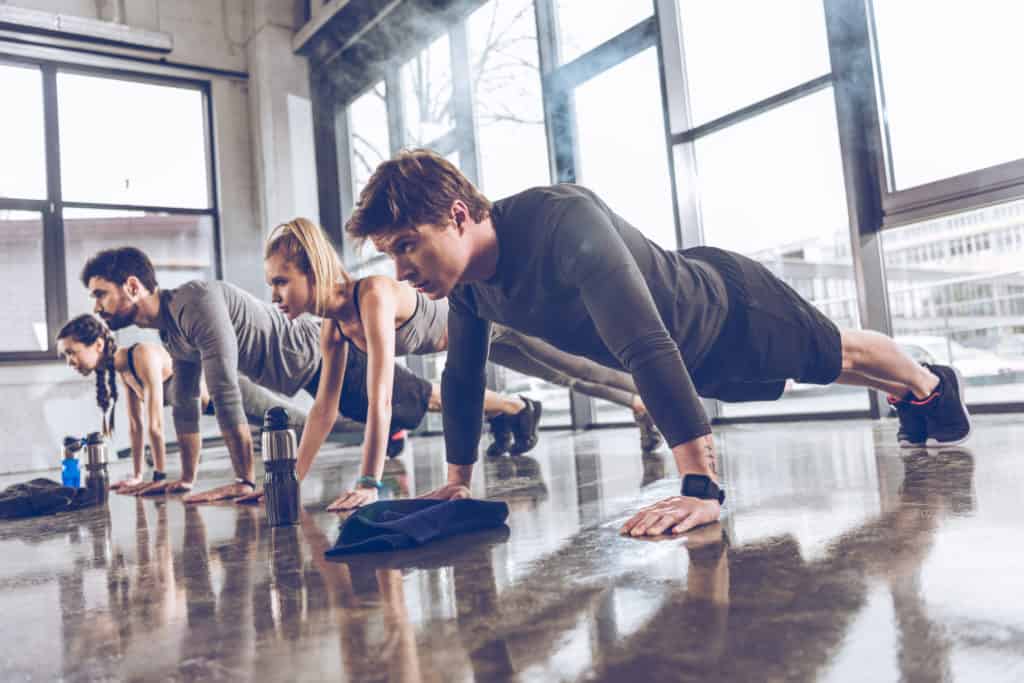
In fact, this is one of the frustrations people dealing with chronic myofascial pain deal with frequently. People just don’t get it, not until they’ve been there.
Sometimes it’s impossible to even find benefit in walking.
So I’m not going to do the usual harping on exercise here. But movement is important, and your body can’t heal without it.
So how do we cross that gap between “movement makes me hurt more” and “oh, movement is helping me get better?”
It’s more about quality of movement, less about quantity. What that means is no matter where you are or how badly you hurt when you move, there is always some improvement that can be made to how you move that will make the difference between movement that hurts and movement that heals.
What makes that difference? It’s rather situation and individual dependent, so I can’t go giving you great specifics here. But I can suggest that you think in terms of smooth rather than jerky, supported all the way through legs and feet instead of collapsing and grasping with the upper body, and balanced whole-body integration rather than lopsided, disjointed or blocky pieces.
Most importantly, good and helpful movement feels, surprisingly, good! Or at least less bad. Bad movement feels, wait for it here, bad.
Now, most people have some bad movement habits, and people in chronic pain usually have some significant issues here. That’s where a practice of noticing and improving movement quality will pay off in the long run.
Oh yeah, exercise, set reminders to move frequently, and all that. That’s good stuff, too, like everyone’s already telling you.
-
Posture:
How do you support your body throughout the day? Do you slouch over your desk? Walk with your head looking down at your feet? Are you twisting to look at your computer screen? Sites of myofascial pain center around muscles that stabilize the body and are involved in posture, from how you sit to how you stand and lift.
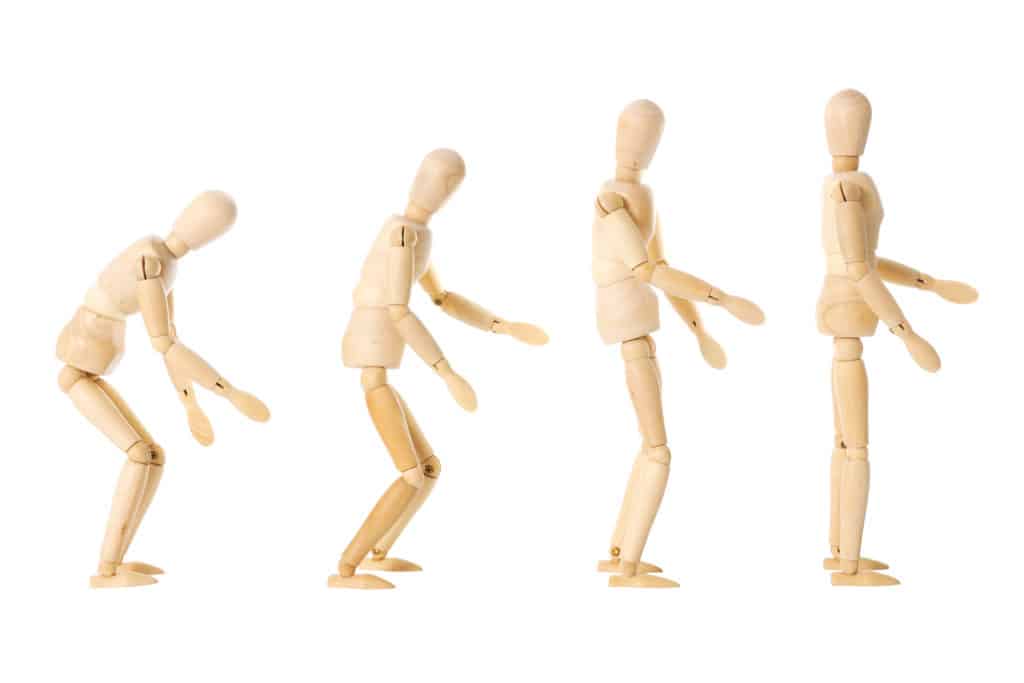
“Never slouch as doing so compresses the lungs, overcrowds other vital organs, rounds the back, and throws you off balance.” – Joseph H Pilates.
Whatever you’re doing, always make sure your back is fully supported. Use ergonomic seating and ergonomic lifestyle approaches to help you maintain the correct posture throughout the day. For instance, your computer and laptop screen should be at eye level. When it’s higher or lower than eye level, your neck has to extend forwards or backward in an unnatural position to see the screen.
Before purchasing furniture, check that your back will be fully supported, particularly the vulnerable lumbar region in your lower back.
Check that furniture is the right height for you to use comfortably and adjusted to keep you supported as you change positions throughout the day.
Consider your neck, arms, shoulders, and legs. Check those computer heights are right for your eyes; the back of your legs sit comfortably on chairs – with your feet flat on the floor and your arms are supported so you don’t put extra pressure on your neck.
Again, that’s all the stuff you always hear about posture. I’m going to add another element that isn’t usually mentioned. If you’re holding yourself stiff, or putting excessive effort into your posture, it’s going to hurt you just about as much as not having good posture.
So if you hear, “sit up straight,” and your response is to pull your neck and shoulders back, but you find that it’s more tiring and you can’t keep it up for long, then you’ve fallen victim to the “trying to have good posture” trap.
Good posture, like good movement above, should feel good, and be easier than sitting up straight often is for people. There might be a period of muscles learning how to do it, but before long you should be in less pain and more comfort, with less effort.
How does it work? Just like any good movement, there should be balanced, integrated, and whole-body support from the ground up. If not, the neck, shoulders, and jaw can’t help but clench for stability.
In short, tight posture with excessive effort isn’t better. Good movement and posture allow you to be the most relaxed possible for what you’re currently doing while still being able to do it well. (Total relaxation does tend to lead to people being more like puddles, after all).
-
Relaxation:
Relaxation is at the heart of so much of our health and wellbeing. Finding ways to relax and unwind is crucial if you want to adapt your lifestyle to aid chronic pain. As you can imagine, stress and tension are significant contributory factors to myofascial pain syndrome and other chronic pain conditions.
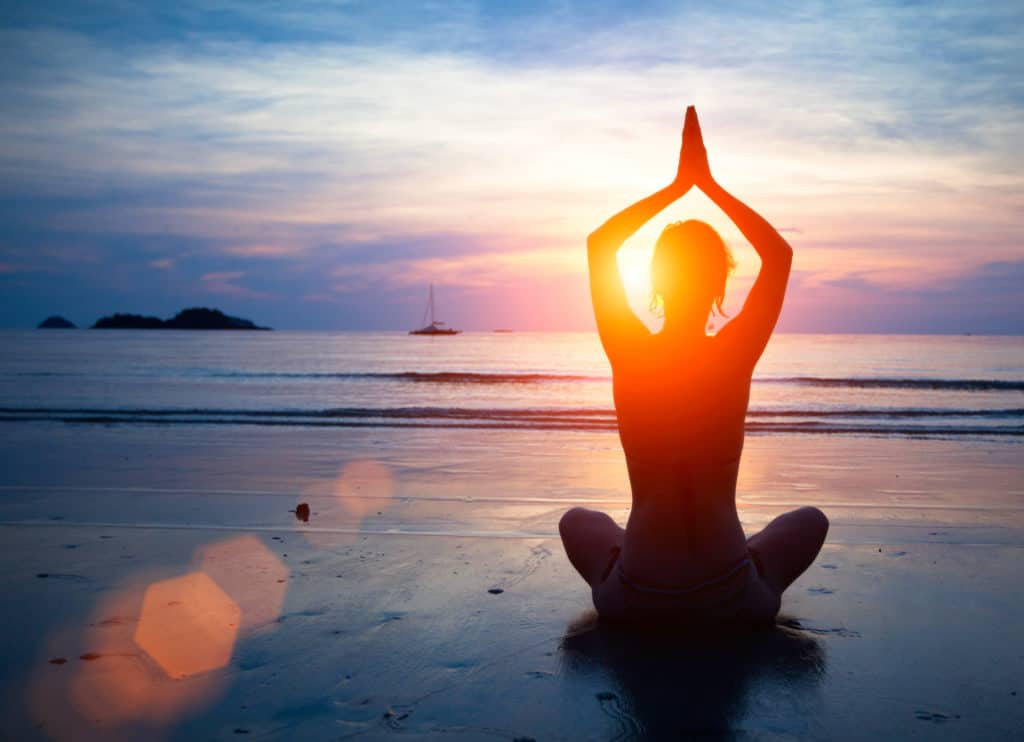
Start your day with simple deep breathing exercises or make time during the day or evening for meditation, yoga, Pilates, deep breathing, or quiet reflection. You could join a class if you want some company or use an online video for support and direction. Or why not burn incense and light a candle, get a massage, try myofascial release therapy or anything else that helps you to relax?
Recognize the importance of relaxation within your plans for the coming weeks and months. Schedule fun activities, in whatever form fun, enjoyment, and relaxation means for you. It doesn’t have to be big gestures. Still, it is vital to retain joy, relaxation, and fun as part of your regular daily experience.
-
Physical and mental health:
We’ve touched on physical health already, but your mental health is just as important.

You probably already know the benefits of staying hydrated and maintaining a balanced diet, right? Like, eating plenty of protein, leafy green foods, colorful fruits and vegetables, and getting an adequate supply of vitamins and minerals. But have you considered the role of mental health?
Our mental and emotional state has an enormous effect on our health, including myofascial pain. If you have repressed trauma, ongoing anxiety, or other psychological stresses, think about how you can begin to release some of those feelings.
Therapy, exercise, or just sharing with one person you trust can have a considerable impact on your physical health. Pent up emotions cause enormous physical stresses on our bodies, particularly in our muscles and myofascial tissues, even when we think we’ve moved on from the initial trauma. ‘Our issues are in our tissues’, as they say.
Similarly, follow up on ailments and don’t allow emotions to fester. Our bodies are multifaceted. The mind and body work synergistically together. Myofascial pain has causes related to physical and psychological factors, so it is crucial to address both.
How To Stop Myofascial Pain For Good
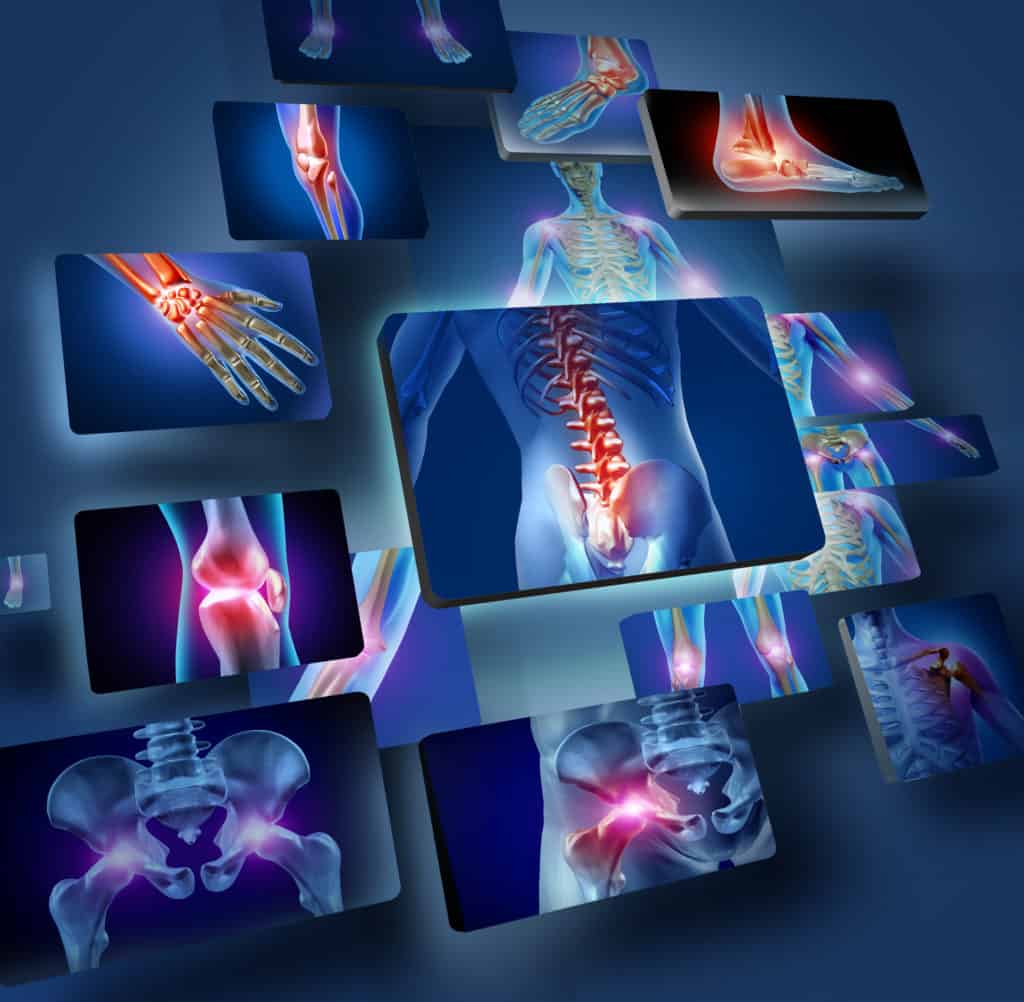
All of the above lifestyle changes play an essential role in keeping your body fit and healthy and functioning well. But if you’ve suffered from chronic myofascial pain for months, maybe even years, then your body will likely need more support.
Myofascial Release Therapy works to find the restrictions in your tissues that are causing difficulty with movement, posture, and ultimately causing your pain. We then work to release them and restore proper tissue pliability using applied pressure. You may experience some discomfort initially, but it’s not painful. Depending on the severity of your condition, you may need several sessions for full resolution.
Still, you’ll experience relief and relaxation in previously tight and sore muscles pretty quickly. And when you couple the sessions with the lifestyle modifications mentioned above, with this combination, you can look forward to a life free from chronic pain.
Interested? Why not try a 30-minute discovery session at our Salt Lake City Clinic? This taster session doesn’t include hands-on treatment, but we’ll spend time with you to talk through your issues and explain how myofascial release therapy can help. You’ll also get to view our facilities and meet the Release Works team before committing to further treatment.
Get in touch with us through our contact page. We look forward to hearing from you!

